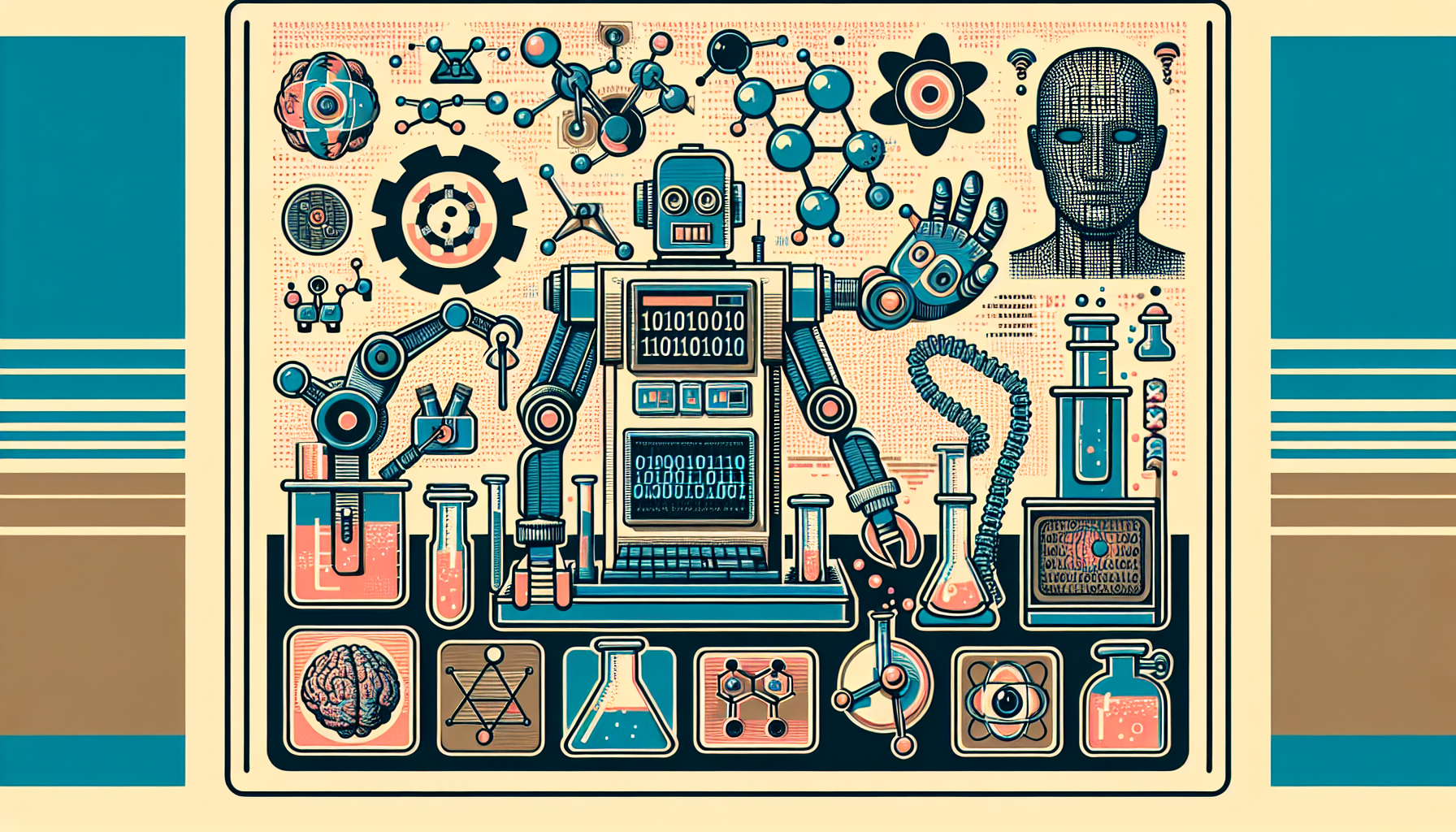Chemical analysis is entering a new era. The fusion of machine learning and robotics is reshaping how we uncover the secrets of matter, making this essential science faster, more reliable, and open to many more people than ever before.
Overcoming Old Barriers
For years, chemical analysis was a slow and intricate process. Human hands measured, mixed, and examined samples, spending hours—sometimes days—to discover what substances were present. Mistakes could creep in, and valuable time was lost in preparation and checking. The need for speed and accuracy was clear, but rarely achieved.
The Wisdom of Machines
Machine learning brings a new layer of intelligence to chemical analysis. These powerful algorithms learn from mountains of data. With every new result, they become wiser and more precise. Instead of guessing or running countless experiments, scientists can use machine learning to predict what will happen in a test tube or under a microscope.
- Predictions Backed by Data: Drawing on vast historical information, machine learning forecasts chemical reactions and results with accuracy that once seemed impossible.
- Finding Hidden Patterns: Where the human eye might miss subtle relationships, these models can reveal connections and trends, deepening our understanding and saving time.
By processing more information than a single researcher ever could, machine learning shortens the path to discovery and reduces the risk of error.
The Steady Hand of Robotics
Robots now handle many tasks that once fell to people. In the lab, robotics offers speed and consistency, performing repetitive jobs without tiring or making mistakes. This ensures results are not just faster, but also more uniform and reliable.
Innovations such as the Robotic Drop Imager (RODI) show what is possible. This system can arrange and prepare thousands of samples with unwavering precision. It can also gather extensive data for machine learning systems to process, deepening their insight and enhancing their predictions.
Recent Breakthroughs
Researchers at Florida State University recently demonstrated the power of this new approach. By combining advanced machine learning with robotics, they created a tool capable of identifying chemical compositions from images alone—achieving an extraordinary 99% accuracy. This not only saves time but also allows for chemical analysis in places where expert eyes and hands are not available.
Opening New Doors
The marriage of machine learning and robotics in chemical analysis has far-reaching implications:
- Exploring New Worlds: In space exploration, these tools can investigate distant or extreme environments, analyzing the makeup of rocks, soils, and atmospheres far from Earth.
- Safe Communities: Law enforcement can quickly and accurately identify substances, improving the speed and reliability of forensic investigations.
- Better Health: In medicine, more rapid and precise diagnostics can lead to earlier treatments and improved care for patients.
Democratizing Science
These advances are more than technical triumphs—they are a step forward for fairness and opportunity in science. What once required lengthy training and expensive equipment can now be done with the help of intelligent machines, bringing advanced chemical analysis within reach of smaller laboratories and new researchers worldwide.
With each breakthrough, the boundaries of access and possibility continue to broaden. By combining the learning power of algorithms with the tireless precision of robots, we are ushering in a future where the secrets of the material world can be discovered and understood by many, not just a few. In this new age, the language of chemistry becomes more universal, and the tools to decode it—smarter and more accessible than ever before.

Leave a Reply